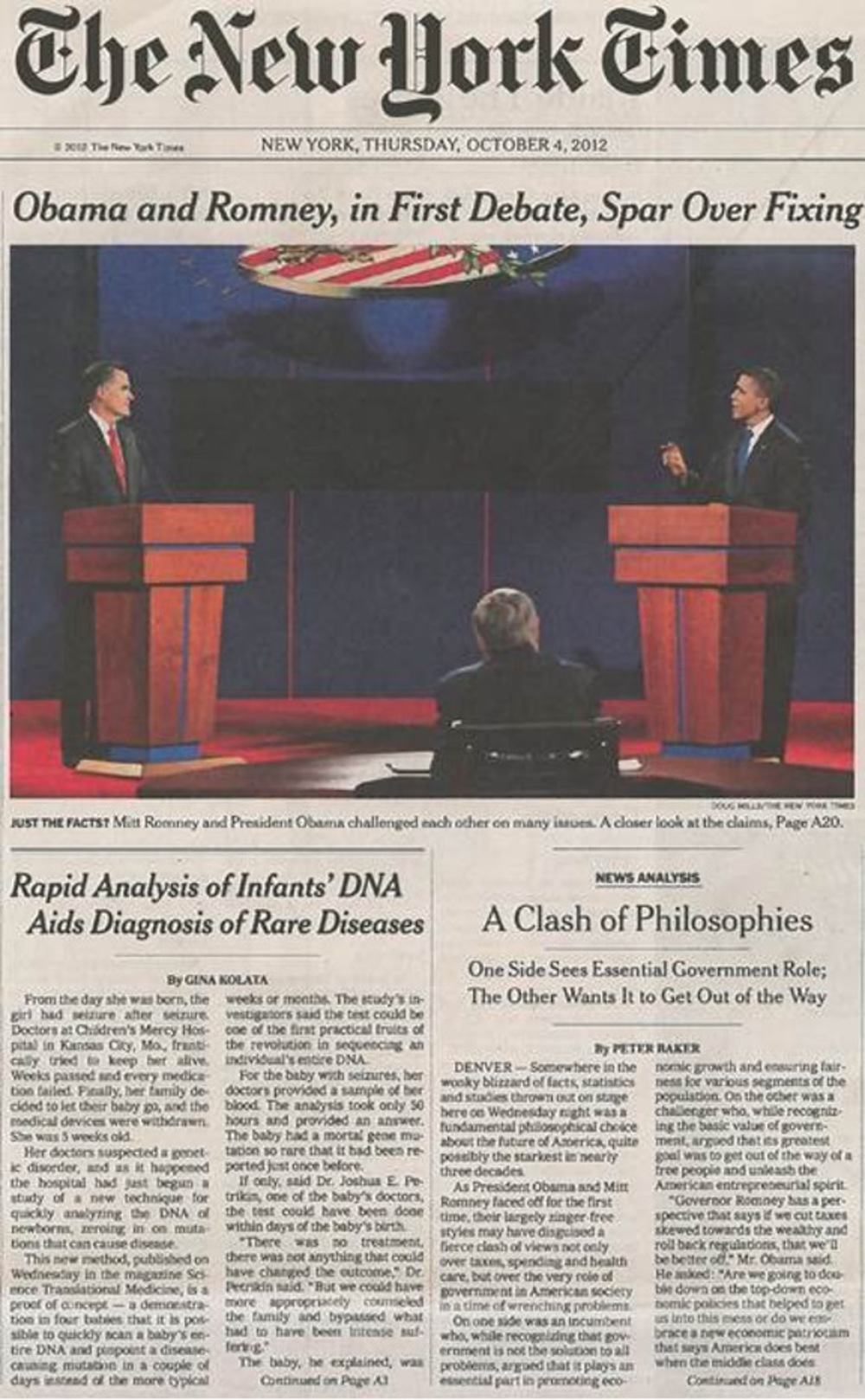Blood to diagnosis in 13.5 hours with whole-genome sequencing (WGS)? What we once could only dream about, I am pleased to share has now been demonstrated and implemented with life-saving consequences and published as a letter in The New England Journal of Medicine.
It has been a great highlight of my career at Illumina to work with key opinion leaders like Dr. Stephen Kingsmore who have embraced our technological and product advances and made a difference to the way science and medicine are practiced. By utilizing the benefits of Illumina’s fast library preparation, WGS, and analysis in a neonatal intensive care unit (NICU) and pediatric intensive care unit (PICU) setting he – along with others – have been able to significantly reduce diagnostic odysseys for newborns and children, leading in turn to potentially significant differences in treatments, outcomes, and understanding. The reality that clinical WGS in this time-critical setting will become standard of care is now much closer.
Our rapid WGS collaboration started over 10 years ago by an introduction by Joel Fellis, VP of Product Management at Illumina, with Dr. Kingsmore prior to an Advances in Genome Biology and Technology (AGBT) conference where Dr. Kingsmore was looking to demonstrate as a proof of concept a fast sample to variant analysis workflow for critically ill children. We helped design new sequencing workflows that led to a 50-hour workflow called STATSeq, which was featured on the front page of The New York Times in 2012 (see image below) and was recognized by Time Magazine as one of the top 10 medical breakthroughs that same year. With further advances in library preparation and DRAGEN™ analysis, through our collaboration we were able to cut that time nearly in half, demonstrating a 26-hour workflow, obtaining Guinness World Record status.
Over the years and through additional publications and meetings at AGBT (usually held jogging along the beach at Marco Island), Kansas City, and Rady Children’s Hospital in San Diego, we achieved a further time reduction from 26 hours to 19 hours with the advent of the Nextera™ bead-based library preparation also using the NovaSeq™ 6000 sequencer. The 19-hour method included automated phenotyping by extraction from the electronic medical record and automated interpretation with artificial intelligence. This method started to address scalability to national NICU populations.
Our most recent proof-of-concept workflow further improved quality and reduced time (blood to treatment) by using the Illumina® DNA PCR Free prep along with fast NovaSeq™ 6000 System and DRAGEN™ secondary analysis, taking the time down further to 13.5 hours as detailed in the recently published NEJM letter. The 13.5-hour method includes automated provision of management guidance to assist front-line physicians respond immediately to a diagnosis. With DRAGEN™ improvements it also included structural and copy number variants for the first time, which account for ~20% of diagnoses. We now really do have a scalable solution for national NICU adoption.
Of course, it takes both a vision and a village to make this a reality, and it has been an honor to play a role in this decade-long collaboration with Dr. Kingsmore. I am grateful for all the collaborations and innovations from within Illumina’s community, as well as externally, that have contributed to this truly life-changing solution. And I look forward to this being taken up more broadly as a ‘production’ solution to help this vulnerable community. And in that regard, discussion of the next version is already underway!

